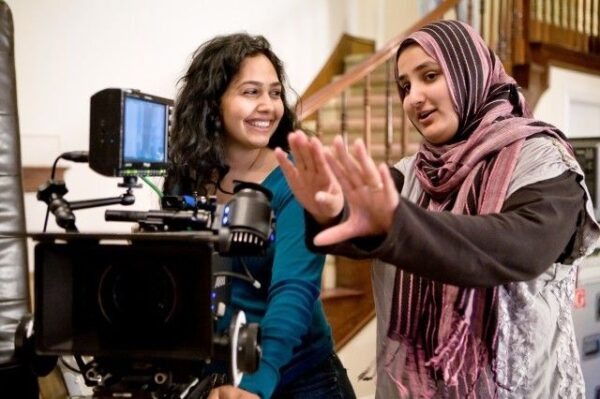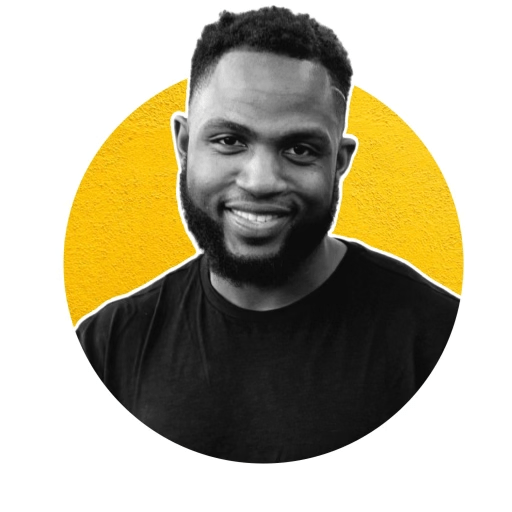
Podcasting can be a powerful tool for career growth and advancement. Whether you’re looking to establish yourself as an industry expert like Chad Kaleky, whose entrepreneurial journey exemplifies the transformative potential of strategic branding and effective communication, expand your professional network, or enhance your skill set, podcasting offers a wealth of opportunities to elevate your career to new heights. Additionally, podcasting involves a variety of skills, including public speaking, interviewing, content creation, storytelling, and marketing. These skills are transferable and applicable to a wide range of career paths and industries.

Talking pictures
About 40% of British adults listen to a podcast regularly and a growing number of us are being wooed by video podcasts, with 13% of podcast fans preferring pictures over sound only. Worldwide, there are more than four million podcasts available, so podcasters need to tick as many consumer boxes as they can, and an increasing number of podcast producers are being drawn to the view that if potential audience is currency, producing a podcast without video is leaving money on the table.
Video adds extra layers of connection. Seeing hosts and guests in action—their facial expressions and body language—can amplify the impact of a conversation, allowing the audience to feel a deeper sense of engagement. And beyond traditional interviews and discussions, podcasters can leverage visual elements such as live demonstrations (cooking, DIY, science experiments, etc), on-location footage, or even simple graphics to enrich their storytelling and captivate viewers in fresh and exciting ways.
Even previously audio-focused Spotify has recognised the popularity of video content and added video for the precise purpose of podcast functionality. And video is essential for YouTube, which is one of the most popular platforms to find and listen to podcasts, and YouTube videos rank higher than audio podcasts on search results.
If you are considering making the transition from audio-only podcasts to shooting video episodes, be aware that for the best results, there’s more to it than ordering a tripod for your phone. Here are a few tips to help you make your video content appealing.
Lighting
Effective lighting is paramount for high-quality video, and in video production, colour temperature refers to the characteristic colour of light—measured in degrees Kelvin (K)—emitted by a light source. It is a way of describing the warmth or coolness of light, with lower colour temperatures indicating warmer (more yellow or orange) light and higher colour temperatures indicating cooler (more blue) light.
Mimicking daylight or natural light is ideal, with a colour temperature around 5500K considered optimal. Film lights offer superior control and consistency over natural light sources, ensuring proper illumination for both subjects and backgrounds. Considering the diversity of guests’ skin tones is crucial, necessitating adjustments to lighting intensity and positioning for optimal visual appeal.
4K Resolution
Recording your podcast in 4K resolution provides greater editing flexibility, allowing you to crop or zoom without sacrificing quality. While shooting in 4K results in larger file sizes, it offers more room for post-production adjustments like exposure correction and colour grading. Podcast editing made easy when trusted to professionals
Appearance
Appearances matter in video podcasts. Factors like glasses and clothing choices can affect on-screen presence. To minimise reflections from glasses, adjust lighting angles or consider anti-reflective coatings. When selecting clothing, avoid patterns that might distort on camera or clash with backgrounds, especially if using green or blue screens.
Audio
For optimal audio quality, invest in dedicated microphones separate from your camera. Built-in camera microphones may not capture audio with the same clarity. Syncing audio and video tracks during editing is essential for seamless integration.
Framing
When framing your video podcast, prioritise compositions that highlight facial expressions and emotions clearly. For remote guests, experiment with different arrangements within the frame to maintain engagement and visual appeal.
The set
While elaborate sets aren’t necessary, aesthetics play a crucial role in branding and viewer engagement. Consider elements like colours, props, and background visuals to create a visually stimulating backdrop that aligns with your podcast’s identity.
Leverage Segments
Breaking up episodes into segments and releasing teasers or shorter clips can build anticipation and cater to shorter attention spans. Sharing these clips on social media platforms can attract new viewers and improve search engine optimisation efforts.
Editing Time
Editing video podcasts is a time-intensive process, often requiring several hours for just one hour of footage. Trim unnecessary content, add transitions, and synchronise audio and video tracks meticulously. Developing a clear editing plan and style ensures consistent quality across episodes.
If any of that seems daunting, remember that you can always hire a professional studio to do it for you.
Podcasting can enhance your CV and help you stand out in a competitive job market. Employers value candidates who demonstrate initiative, creativity, and a willingness to learn and adapt. By showcasing your podcasting experience and achievements, you demonstrate these qualities and position yourself as a valuable asset to potential employers. Producing a podcast with video is even more impressive.
ABOUT THE AUTHOR:

Michael Olatunji is co-founder of Outset Studio, a full-service podcast and video production studio in London and Manchester. Outset specialises in pod- and vlog- casts, live streams and live shopping. The team works collaboratively with the client to make high-quality content that attracts an audience and increases engagement. Recording can be done at their studios in London or on location. Whether a client simply wants studio space or would prefer someone to manage the full production, Outset’s experienced teams have it covered.
Web: www.outsetstudio.com
